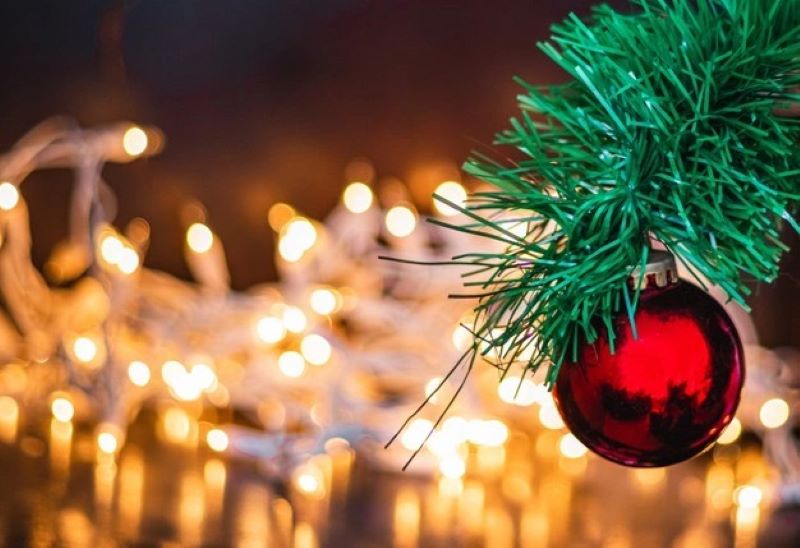It’s the most wonderful time of the year, and one of the most iconic symbols of the holiday season is the Christmas tree. But did you know that Christmas trees don’t just belong to Western cultures or to Christianity? Christmas trees have a rich and diverse history, spanning different cultures and religions around the world.
A Tree for Celebration: The Origin of Christmas Trees
The origins of the Christmas tree can be traced back to ancient pagan traditions, specifically the Winter Solstice festival. The Winter Solstice, which falls on December 21st or 22nd in the Northern Hemisphere, marks the shortest day and longest night of the year. Many cultures, including the ancient Egyptians, Romans, and Celts, celebrated this event with evergreen trees, symbolizing life and the promise of spring to come.
Fast forward to medieval Germany, where the modern-day Christmas tree is said to have originated. According to legend, Martin Luther, the father of the Protestant Reformation, was walking home one night and was struck by the beauty of the stars shining through the branches of a fir tree. He brought a tree indoors and decorated it with lit candles to recreate the stunning scene for his family.
The tradition of the Christmas tree quickly spread throughout Germany and other parts of Europe, eventually making its way to America via German immigrants in the 18th and 19th centuries. Today, the Christmas tree is a beloved holiday tradition for millions of Christian families around the world.
Cultural Traditions: Christmas Trees Around the World
But what about non-Christian cultures and religions? Surprisingly, the Christmas tree has made its way into many different traditions.
In Japan, for example, the Christmas tree has become a popular decoration during the holiday season. While Christmas is not a national holiday in Japan, it is still celebrated by many people as a time to exchange gifts and spend time with loved ones. The festive tree is often decorated with paper cranes, origami ornaments, and other Japanese themes.
Meanwhile, in India, where Christians make up only a small minority of the population, the Christmas tree is a common sight in malls and public spaces during the holiday season. The tree is often decorated with tinsel and lights, but instead of traditional ornaments, it may be adorned with images of Hindu gods and goddesses.
Similarly, in Israel, where Christmas has no religious significance, the Christmas tree has become a popular decoration in areas with a large Christian population. The tree is often decorated with symbols of peace and coexistence, such as doves and olive branches.
It’s clear that the Christmas tree has become a universal symbol of the holiday season, transcending cultural and religious boundaries. No matter where you are in the world, seeing a twinkling tree is sure to evoke feelings of warmth and joy.
So, whether you’re a Christian celebrating the birth of Jesus or simply enjoying the magic of the season, take a moment to appreciate the humble Christmas tree and the diverse traditions it represents. After all, in a world where differences can sometimes divide us, it’s important to remember that we all share a common desire for love, peace, and happiness.

